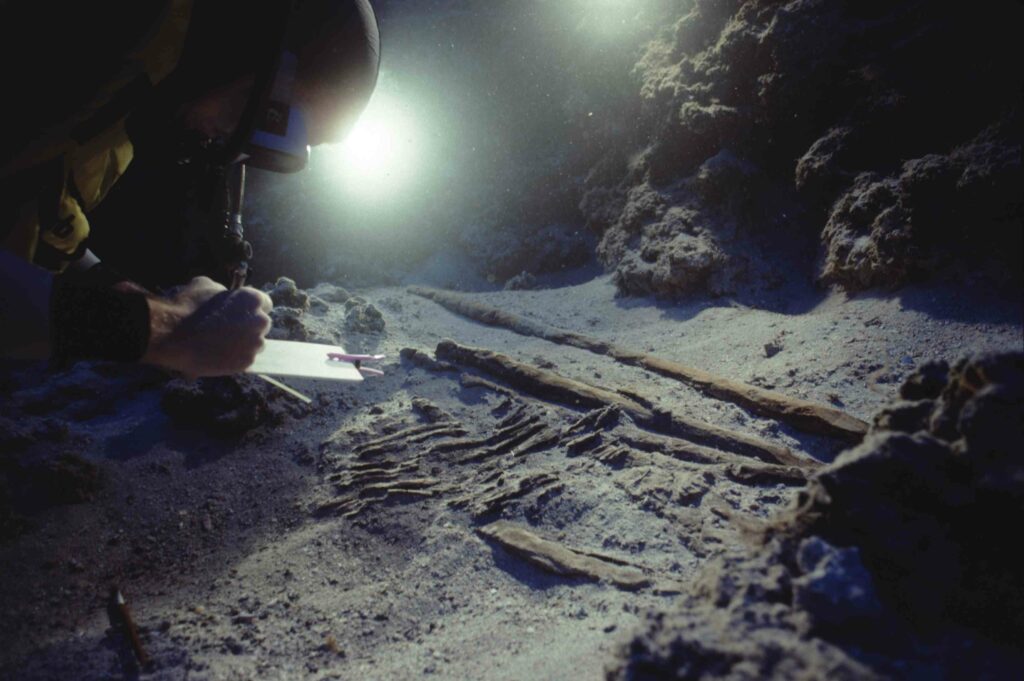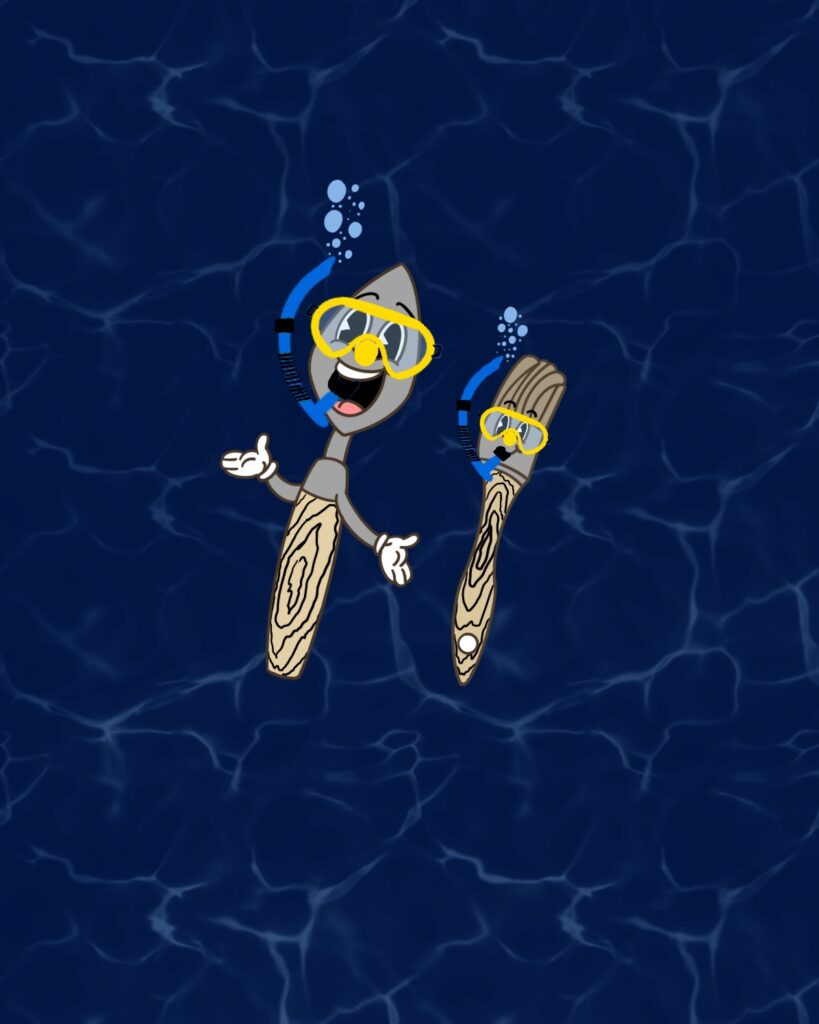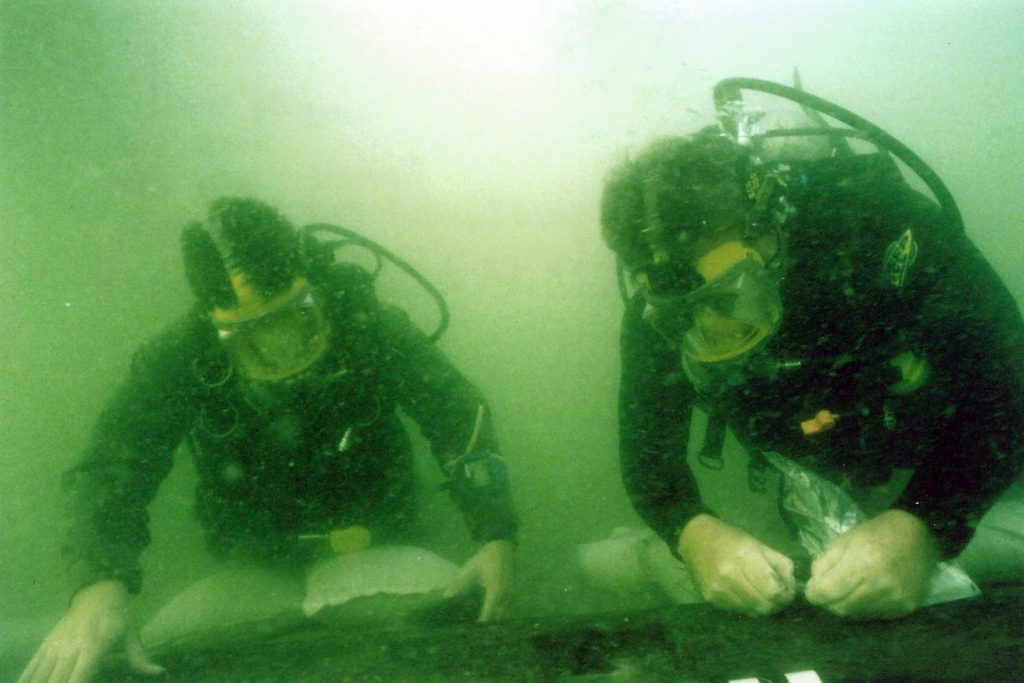The Fascinating World of Nautical Archaeology
Beneath the vast expanse of the world’s oceans and waterways lies a hidden realm of untold stories and lost treasures.
Nautical archaeology, a captivating field that blends history, archaeology, and marine science, is dedicated to uncovering and preserving the remnants of our history lost beneath the waves.
In this article, we will explore the origins, purpose, notable pioneers, and other intriguing aspects of nautical archaeology.
Defining Nautical (Underwater) Archaeology
Nautical archaeology, also known as underwater archaeology, is the study of human interactions with water bodies throughout history.
It focuses on investigating, documenting, and preserving the submerged remains of shipwrecks, ports, coastal settlements, and other maritime artifacts.
By analyzing these underwater cultural heritage sites, researchers gain invaluable insights into the past, shedding light on seafaring civilizations, maritime trade routes, naval battles, and technological advancements.

The Purpose
The primary purpose of nautical archaeology is to piece together the maritime past and contribute to the collective understanding of human history.
It serves as a bridge between archaeology and the ocean, providing a unique perspective on how human societies interacted with their watery environments.
Furthermore, nautical archaeology plays a vital role in heritage management, conservation, and educating the public about our shared maritime heritage.
Founding Moments and Pioneers

A key figure in the establishment of nautical archaeology was George F. Bass.
In the early 1960s, Bass led the excavation of a 13th-century BC shipwreck off the southern coast of Turkey.
This endeavor, known as the Cape Gelidonya project, marked the first scientific excavation of an ancient shipwreck.
Bass’s groundbreaking work laid the foundation for modern underwater archaeological techniques and methodologies.
Fun Fact: In the early 1970s, Texas A&M University offered Dr. George F. Bass, known around the world as the Father of Underwater Archaeology, the opportunity to affiliate his independent non-profit research organization, the Institute of Nautical Archaeology (INA), with TAMU.
In 1976, the Nautical Archaeology Program was established as the first academic program in the United States to offer a graduate degree in the archaeology of ships and the history of seafaring.
You can check out their site here if you’re interested: https://liberalarts.tamu.edu/nautarch/

Nautical archaeology emerged as a distinct discipline in the mid-20th century.
One of the pivotal moments in its development was the excavation of the ancient Egyptian port city of Alexandria by French archaeologist Franck Goddio in the 1990s.
This ambitious project unearthed a wealth of artifacts, revealing the rich maritime history of this renowned city.
Tools and Techniques
Nautical archaeologists employ a range of specialized tools and techniques to navigate the challenges posed by underwater environments.
Remote sensing technologies, such as side-scan sonar and magnetometers, are utilized to survey large areas and identify potential targets for further investigation.
Once a site is identified, divers equipped with scuba gear or advanced closed-circuit rebreathers can meticulously examine and document the underwater remains.
To preserve delicate artifacts, professionals use specialized techniques such as anoxic storage, desalination, and freeze-drying.
These methods help prevent the deterioration of artifacts that have been submerged for centuries.
Additionally, advanced imaging technologies, including photogrammetry and three-dimensional modeling, enable researchers to create detailed digital representations of underwater sites for analysis and educational purposes.
“Here’s an intriguing tidbit: Nautical archaeologists have uncovered ancient shipwrecks that were so well-preserved underwater that they found edible food items, like wine and even butter, still intact after centuries beneath the waves!”

Ethical Considerations and Challenges
Nautical archaeology faces numerous challenges and ethical considerations.
One critical aspect is the protection of underwater cultural heritage from looting, illegal salvage operations, and the impacts of pollution and climate change.
International conventions and national laws have been established to safeguard these sites, promoting responsible research and preservation practices.
Another significant challenge is the vastness and inaccessibility of underwater environments.
Conducting research in deep or remote areas requires substantial resources, specialized training, and advanced equipment.
The hostile underwater conditions, such as low visibility and strong currents, further complicate the process of archaeological investigation.
Contributions and Future Directions
Nautical archaeology has made significant contributions to our understanding of ancient seafaring cultures and historical events.
It has unveiled lost shipwrecks, illuminated maritime trade routes, and deepened our knowledge of naval warfare.
The discipline continues to evolve, with ongoing projects exploring untouched areas and utilizing cutting-edge technologies.
The future of nautical archaeology holds promise, with advancements in underwater robotics, autonomous vehicles, and artificial intelligence assisting in underwater surveys and excavation.
Collaborations between archaeologists, historians, marine scientists, and indigenous communities, along with new technologies, will further enrich the understanding of our relationship with the world’s oceans.

Conclusion
Nautical archaeology stands as a captivating field that connects us to our maritime past and uncovers the hidden secrets of our waters.
Through the efforts of dedicated researchers, we gain insights into the lives of ancient seafarers, their journeys, and the significance of maritime trade.
As we continue to explore the depths, nautical archaeology offers an extraordinary window into our shared history, weaving together stories of civilizations lost beneath the waves.

